Ottoman Empire 1587 Murad III (Labeled) r/MapPorn
For instance, Kemalpaşazâde's (d. 1536) and Ebussuud's (d. 1574) fatwas, as well as their risalas, established the official ideological position of the Ottoman Empire in many issues during.

Distinctive Facts About The Mighty Ottoman Empire
ottoman empire official Crossword Clue The Crossword Solver found 30 answers to "ottoman empire official", 4 letters crossword clue. The Crossword Solver finds answers to classic crosswords and cryptic crossword puzzles. Enter the length or pattern for better results. Click the answer to find similar crossword clues . Enter a Crossword Clue

The Ottoman Empire Maps
The Ottoman Empire, [j] historically and colloquially known as the Turkish Empire, [24] was an empire [k] that controlled much of Southeast Europe, West Asia, and North Africa between the 14th and early 20th centuries. The empire also controlled parts of southeastern Central Europe from the early 16th to the early 18th century. [25] [26] [27]

The Ottoman Empire at its greatest extent in 1683, and Turkey today Stock Photo 76656808 Alamy
Imperial prince Male descendants of a sovereign in the male line. Gentleman ( çelebi, چلبى ). Used before the reign of Mehmed II. Format style: " (given name) Çelebi ". Sultan Imperial Prince ( şehzade sultan ), or simply Imperial Prince ( şehzade, شاهزاده ). Format titles and styles:
:max_bytes(150000):strip_icc()/GettyImages-520722811-5b3165c804d1cf0036abee61.jpg)
The Sultans of the Ottoman Empire 1300 to 1924
Ottoman Empire - Classical Society, Administration, Reforms: During the 16th century the institutions of society and government that had been evolving in the Ottoman dominions for two centuries reached the classical forms and patterns that were to persist into modern times. The basic division in Ottoman society was the traditional Middle Eastern distinction between a small ruling class of.

The Ottoman Empire Maps
Armenian Genocide, campaign of deportation and mass killing conducted against the Armenian subjects of the Ottoman Empire by the Young Turk government during World War I (1914-18). Armenians charge that the campaign was a deliberate attempt to destroy the Armenian people and, thus, an act of genocide.
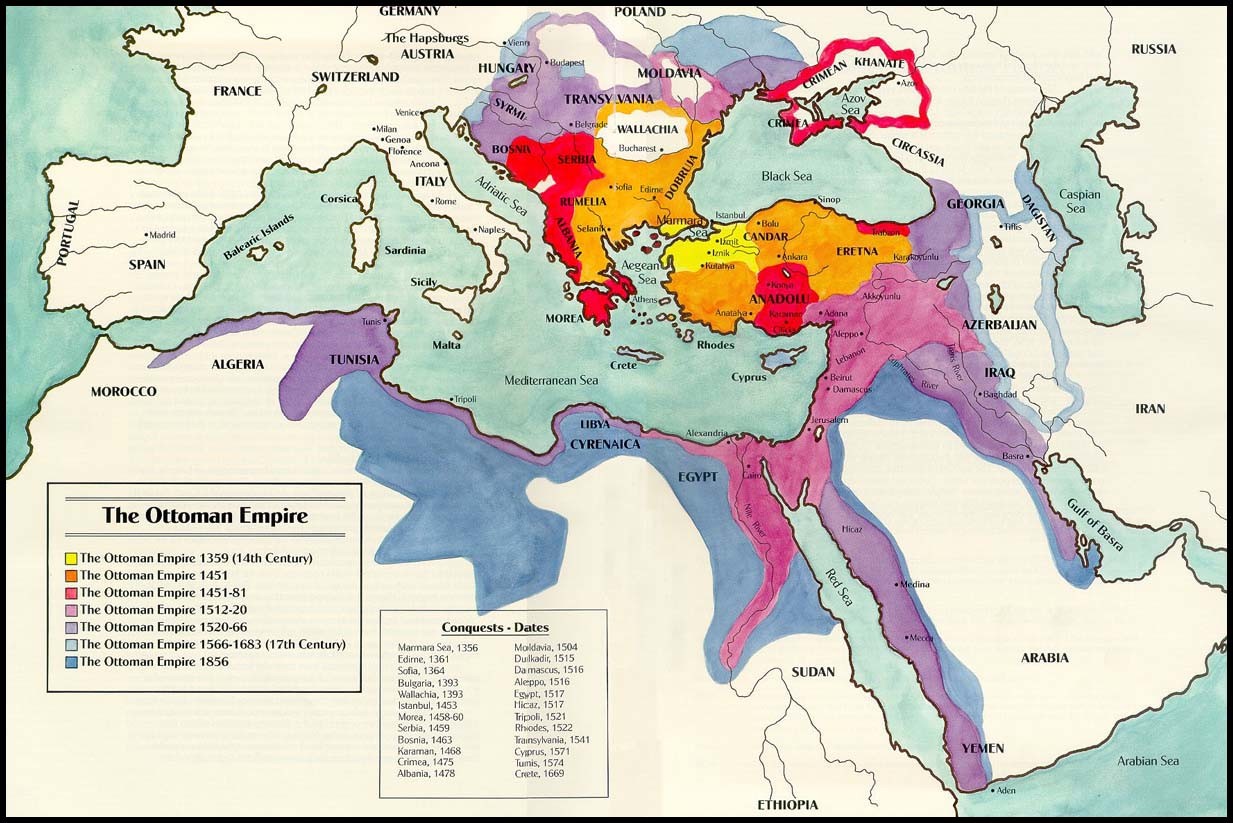
The Rise Of The Ottoman Empire Istanbul Tour Guide
By the early 16th century, the Ottoman empire had one of the largest Jewish communities in the word. Constantinople, the city wasn't officially renamed Istanbul until 1930, became a real blend.
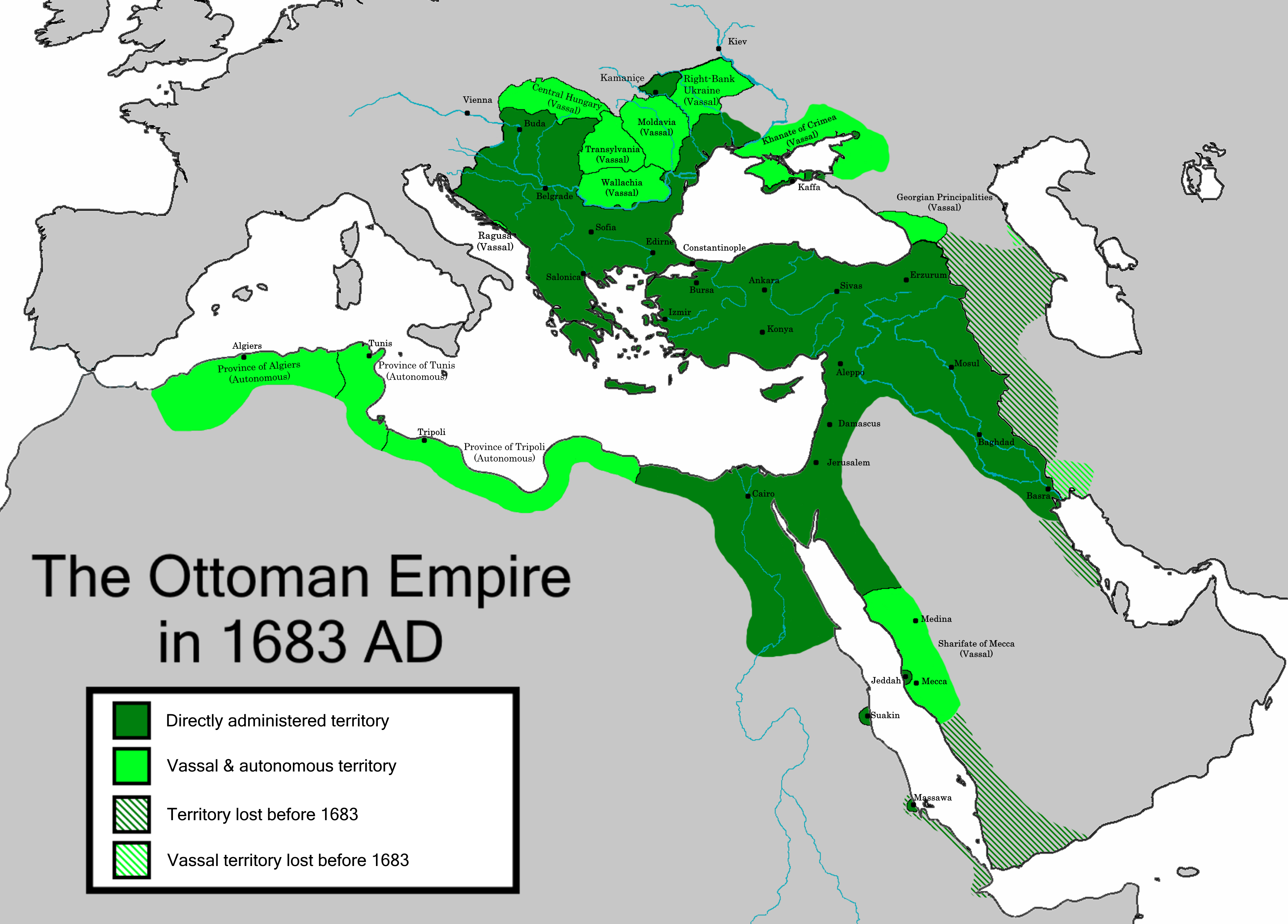
The Greatest Extent of the Ottoman Empire in Europe (1683 CE) (Illustration) World History
Official Ottoman Empire Languages. The Ottomans had three influential languages. The three languages were known as "Alsina-i Thalātha" (The Three Languages) and included Turkish, Arabic, and Farsi. The majority spoke Turkish of people in Anatolia. The majority of the Muslims in the Balkans also used Turkish as their mother tongue.

A History Of Fashion In The Ottoman Empire
The Ottoman Empire was founded in 1299 and rather quickly expanded from its origins as one of many Turkish states that rose to power after the decline of the Seljuq Turks in Anatolia (modern-day Turkey).. Painting of an Ottoman administrative official sitting outside in a garden on an ornate, red carpet. Mothers and fathers look on as their.
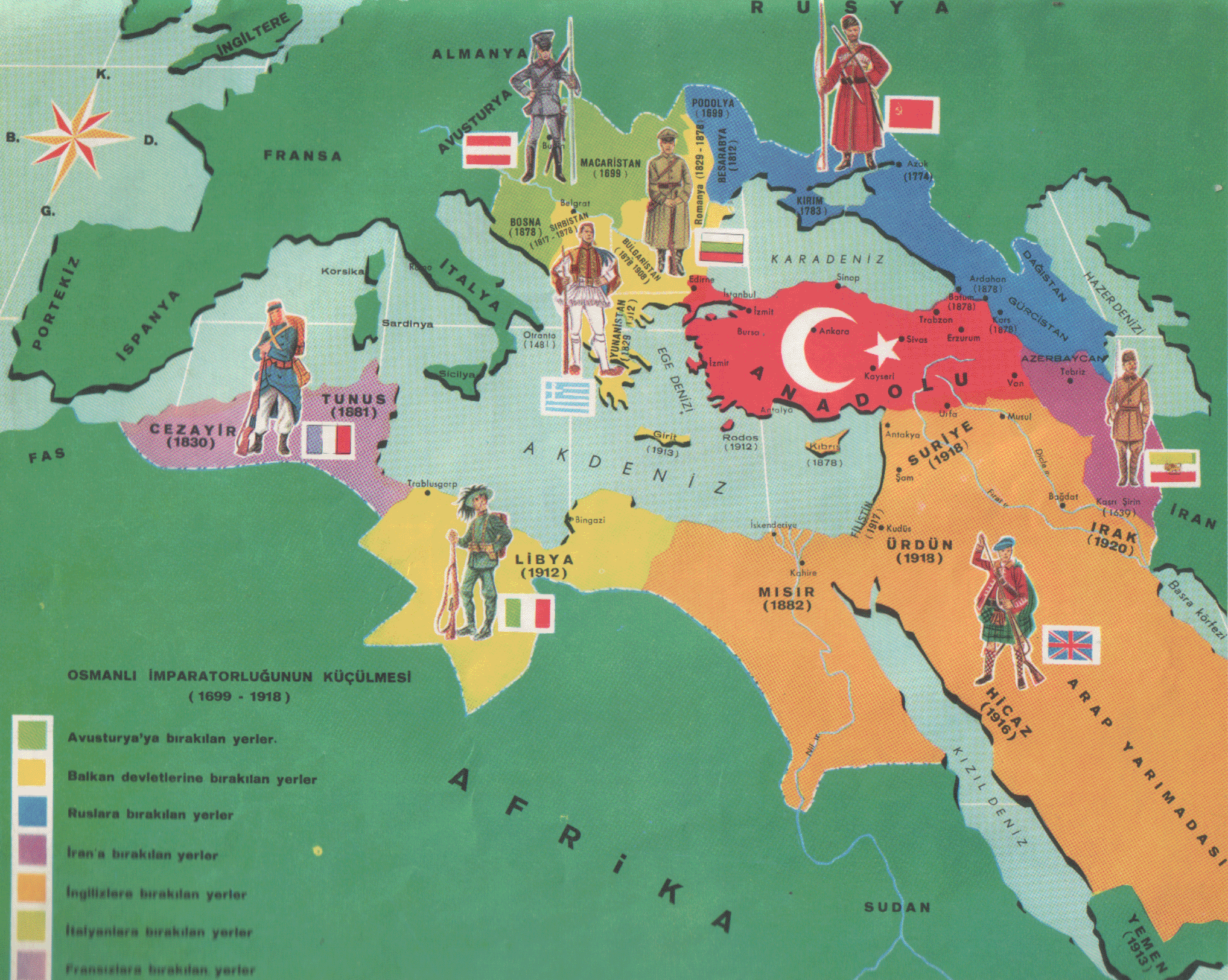
Ottoman Empire Map At Its Height, Over Time Istanbul Clues
The Ottoman Sultanate (1299-1922 as an empire; 1922-1924 as caliphate only), also referred to as the Ottoman Empire, written in Turkish as Osmanlı Devleti, was a Turkic imperial state that was conceived by and named after Osman (l. 1258-1326), an Anatolian chieftain.
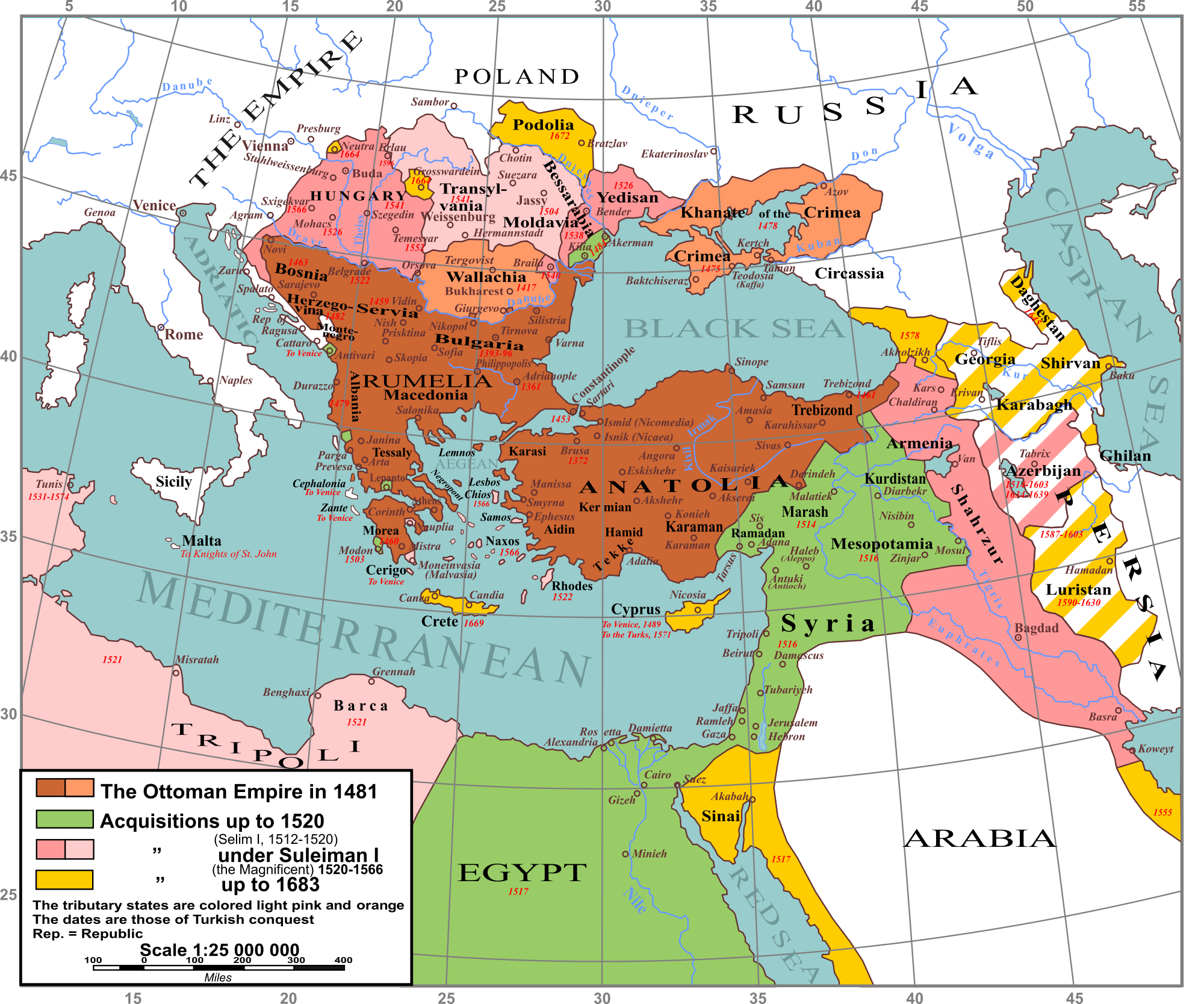
Map of The Ottoman Empire
The Ottoman Empire was one of the mightiest and longest-lasting dynasties in world history. This Islamic-run superpower ruled large areas of the Middle East, Eastern Europe and North Africa for.
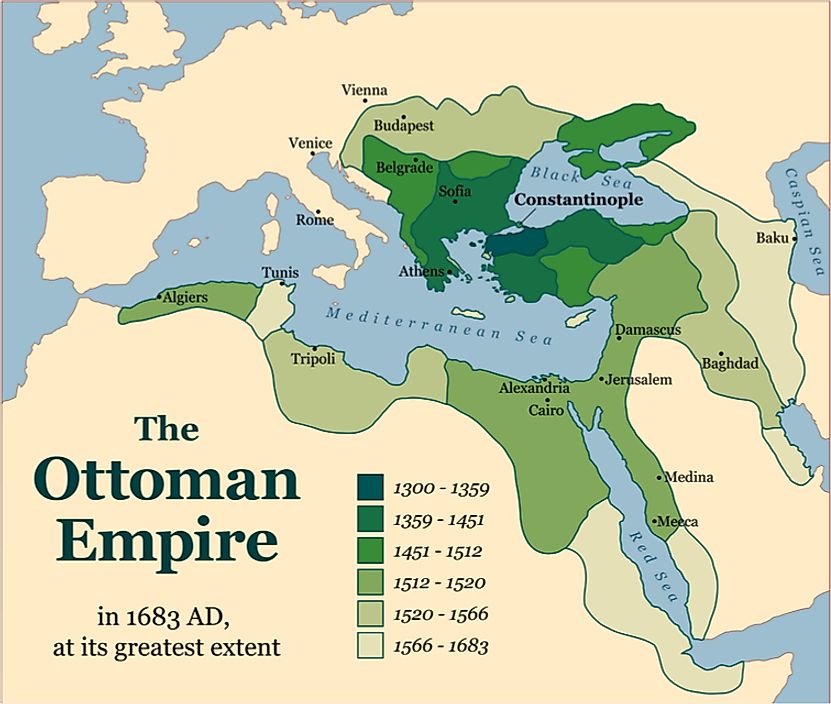
Why Did the Ottoman Empire Fall? WorldAtlas
The Ottoman Empire was the one of the largest and longest lasting Empires in history. It was an empire inspired and sustained by Islam, and Islamic institutions. It replaced the Byzantine.
.png)
Administrative divisions of the Ottoman Empire Wikipedia
According to Masami Arai ( 1991, 1), "from the beginning of the nineteenth century, in particular the age of Tanzimat onwards, most of the Ottoman reformers seem to have intended, consciously or unconsciously, to construct a nation-state from the various subjects of their empire.

FileTerritorial changes of the Ottoman Empire 1812.jpg Wikimedia Commons
The sultans of the Ottoman Empire ( Turkish: Osmanlı padişahları ), who were all members of the Ottoman dynasty (House of Osman), ruled over the transcontinental empire from its perceived inception in 1299 to its dissolution in 1922.
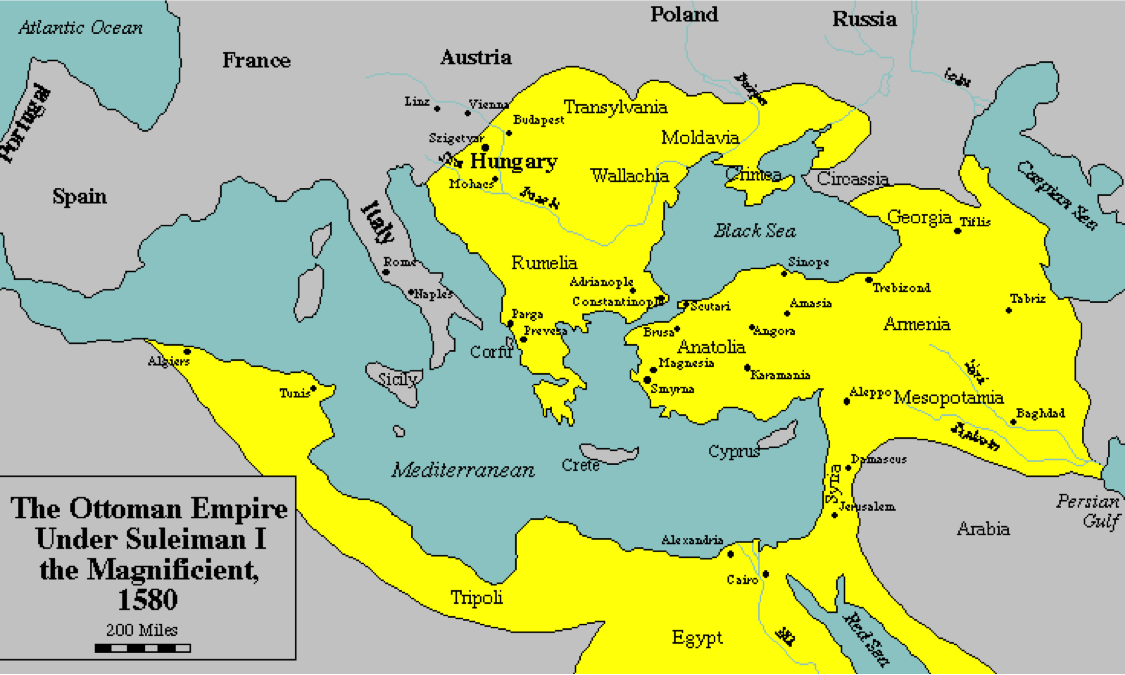
The Ottoman Empire
Ottoman Empire See all media Category: Geography & Travel Date: c. 1300 - 1922 Major Events: World War I Napoleonic Wars French Revolutionary wars Fall of Constantinople Armenian Genocide (Show more) Key People: Kemal Ataturk Mehmed II Philip II
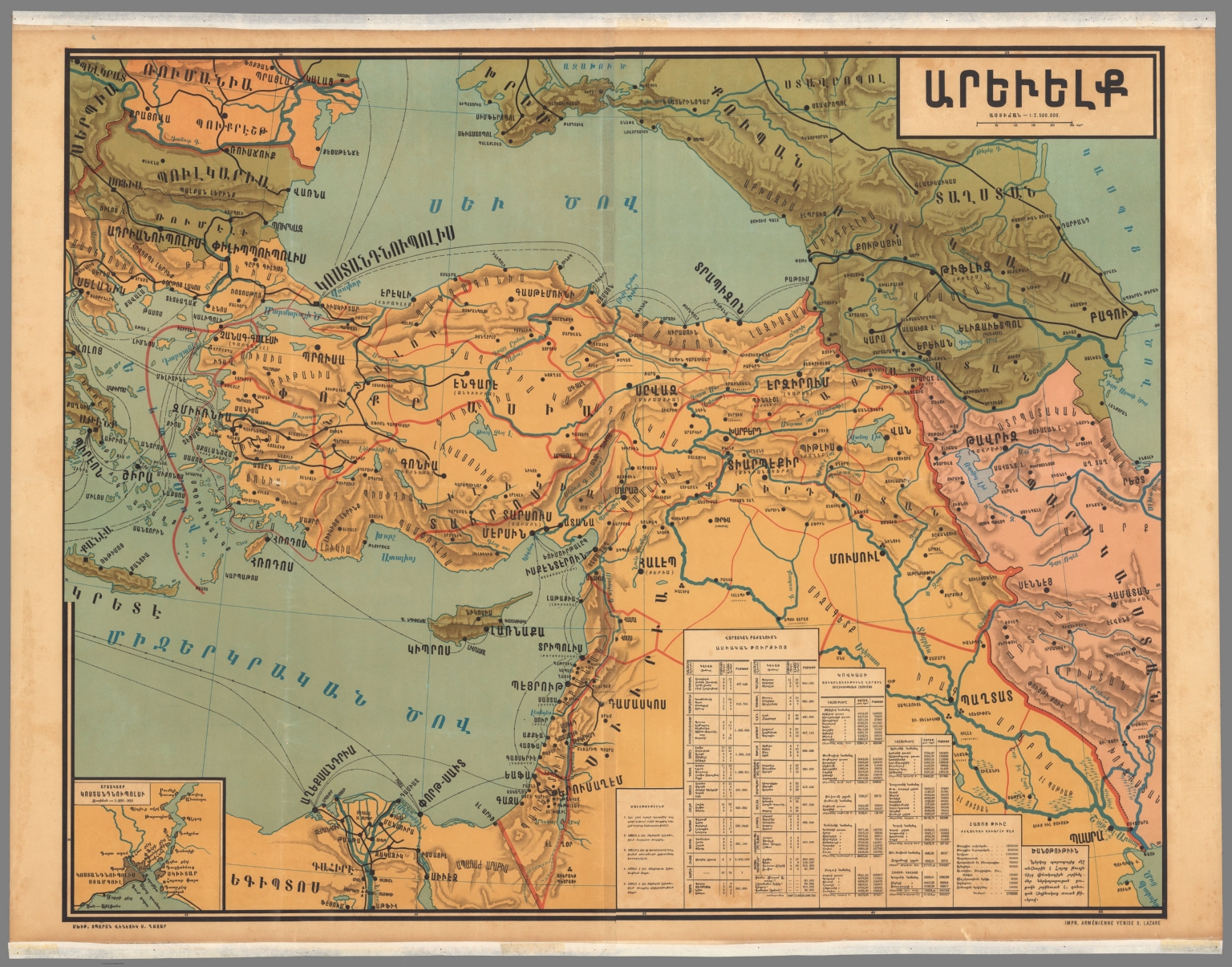
Map of the Ottoman Empire David Rumsey Historical Map Collection
The Ottoman Empire was named for Osman I (1259-1326), a Turkish Muslim prince in Bithynia who conquered neighbouring regions once held by the Seljūq dynasty and founded his own ruling line c. 1300. Ottoman troops first invaded Europe in 1345, sweeping through the Balkans. Though defeated by Timur in 1402, by 1453 the Ottomans, under Mehmed.